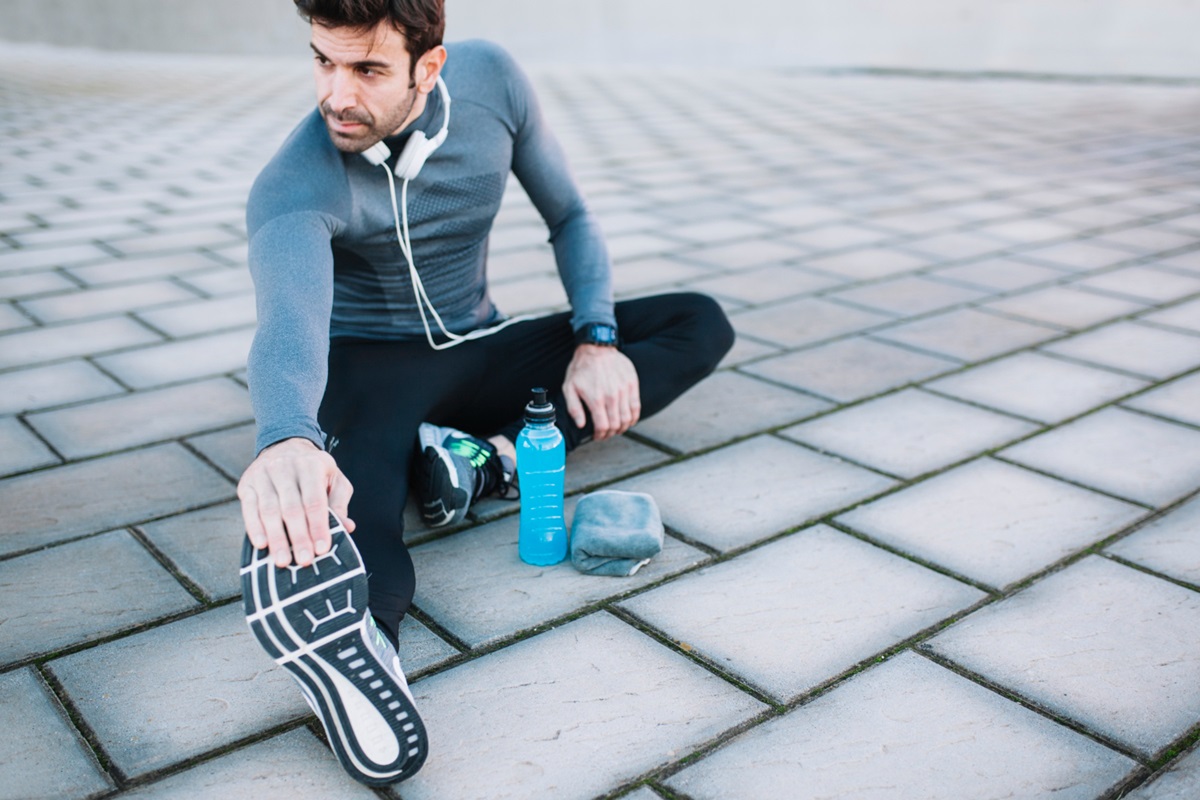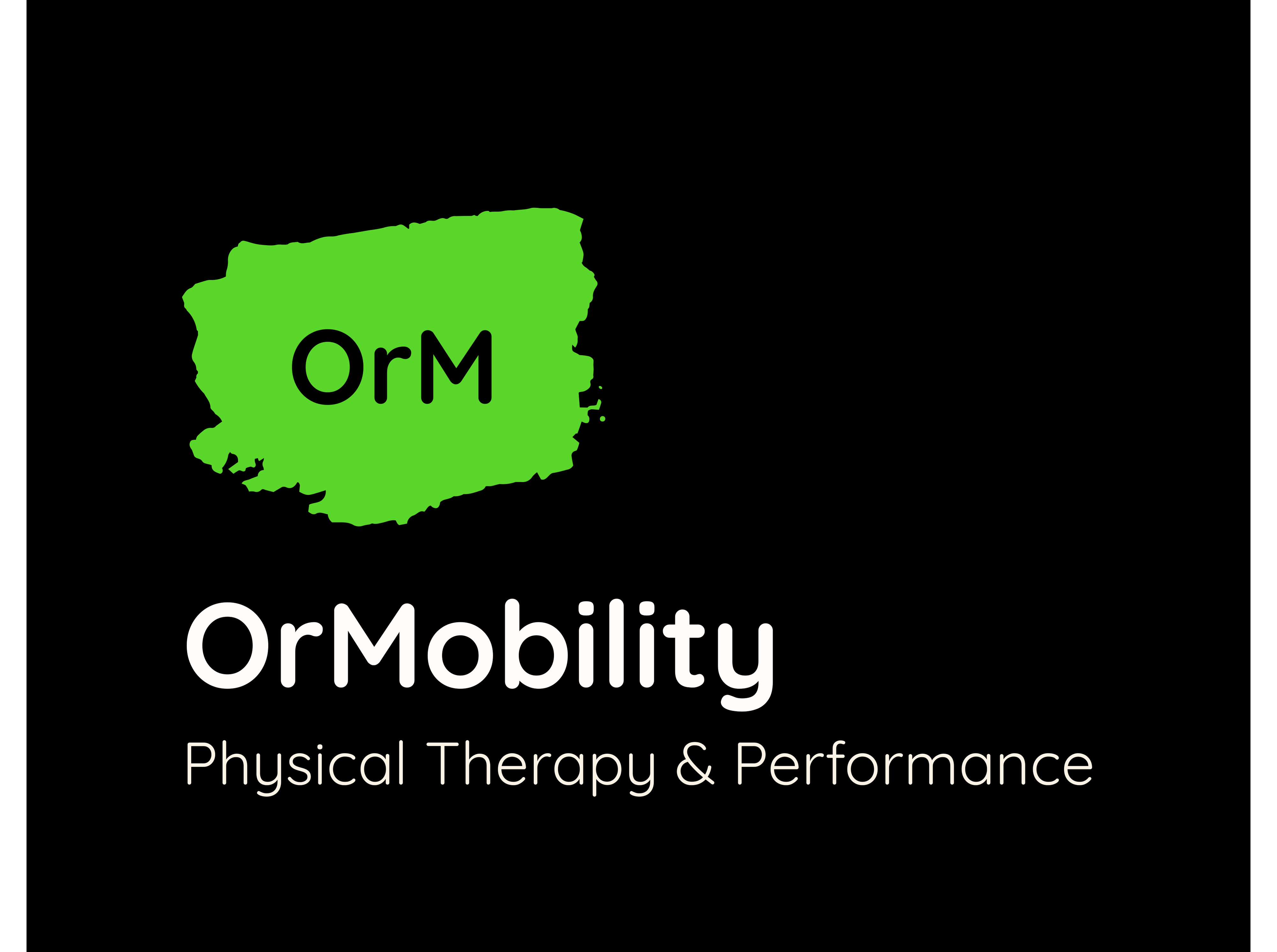Athletes push their bodies to the limit, which makes them more susceptible to sports-related injuries, fatigue, and long recovery times. To stay in top shape, they need more than just rest and take pills—they need a structured approach to rehabilitation and injury prevention. Sports performance physical therapy bridges the gap between recovery and performance enhancement, helping athletes regain strength while improving their overall fitness.
Unlike general physical therapy, sports and wellness physical therapy is tailored specifically for active individuals. It goes beyond rehabilitation by incorporating athletic training, strength and conditioning, and injury prevention techniques. With guidance from certified physical therapists and strength and conditioning coaches, athletes can return to their sport stronger, more agile, and more resilient.
Understanding Sports Performance Physical Therapy
Athletes demand a lot from their bodies, and with that comes the need for specialized care to keep them performing at their best. Sports performance physical therapy is a specialized branch of rehabilitation that not only focuses on healing injuries but also on optimizing movement, strength, and endurance. By combining athletic training, strength and conditioning, and injury prevention, this approach ensures that athletes can recover effectively while enhancing their overall performance. Beyond rehabilitation, sports performance physical therapy covers a broad range of areas, including injury rehabilitation, post-surgical recovery, performance enhancement, and injury prevention. To ensure that athletes maximize their physical potential, an effective therapy plan must incorporate all these aspects—helping them recover, strengthen, and prevent future injuries for long-term success.
What Makes It Different from Regular Physical Therapy?
While traditional physical therapy sessions primarily focus on healing after an injury, sports performance physical therapy integrates strength and conditioning, injury prevention, and functional movement assessments to help athletes avoid future setbacks. Unlike general rehab, physical therapy sports injury rehabilitation specifically targets orthopaedic musculoskeletal injuries common in athletes, ensuring a faster and more effective recovery. It also goes beyond healing by enhancing body awareness, reaction time, hand-eye coordination, and overall movement efficiency to improve sports performance. Every athlete receives a personalized treatment plan based on an initial evaluation conducted by a certified physical therapist, which tailors the program to their unique fitness goals. Additionally, sports performance programs help improve agility, speed, and endurance, while addressing underlying issues like improper landing techniques, jumping techniques, and cutting techniques, all of which can contribute to non-contact injuries.
How It Helps Athletes Recover and Perform Better
The road to recovery isn’t just about getting back on the field—it’s about returning stronger, faster, and more resilient. Physical and sports therapy incorporates targeted strength training exercises that build muscle to protect joints and prevent reinjury. Effective pain management techniques help athletes heal without over-reliance on painkillers, using recovery technologies such as cold therapy, massage therapy, and electrical stimulation to speed up the process. Specialized concussion care programs ensure that athletes recovering from head trauma regain cognitive function, balance, and coordination before returning to play. A crucial part of rehabilitation is constant communication and follow-up treatment sessions between physical therapists, orthopedic therapists, and strength and conditioning coaches, ensuring a seamless recovery and a safe return to competition.
Key Benefits for Athletes and Active Individuals
Whether you’re a professional athlete or a fitness enthusiast, sports and wellness physical therapy offers numerous benefits beyond basic rehabilitation. By addressing orthopedic injuries, overuse injuries, and musculoskeletal imbalances, sports therapy helps athletes stay injury-free, recover faster, and improve overall physical performance. With a personalized treatment plan, athletes can strengthen weak areas, refine movement mechanics, and maximize their potential in their respective sports.
Preventing Injuries Before They Happen
One of the primary goals of sports performance physical therapy is injury prevention, ensuring that athletes stay in peak condition while avoiding setbacks. By identifying underlying issues in movement patterns, therapists can correct poor mechanics before they lead to serious injuries like ACL injuries, shin splints, stress fractures, and overuse injuries. Preventive strategies include conditioning services to improve muscular endurance, cardiovascular fitness, and joint stability, as well as athletic training programs where strength and conditioning coaches refine cutting techniques, jumping techniques, and landing techniques to reduce injury risks. Many athletes also benefit from training at sports performance locations equipped with state-of-the-art facilities and advanced physical therapy equipment, which helps them train smarter and safer.
Taking a proactive approach to physical therapy not only helps in preventing sports-related injuries but also plays a crucial role in optimizing an athlete’s strength, flexibility, and biomechanics. Through targeted exercises, dynamic stretches, and specialized techniques, therapy reinforces weak areas, improves mobility, and refines movement patterns, ultimately enhancing performance and reducing injury risks.
Recovering Faster and Stronger After Injury

When injuries do occur, a structured physical therapy sports injury rehabilitation program is essential for ensuring a full and efficient recovery. This process begins with a personalized treatment plan, developed after an initial evaluation, to tailor rehabilitation to an athlete’s specific needs. Strength training and mobility work play a crucial role in rebuilding injured muscles and restoring functional movement, while sports-specific rehab helps simulate real-game conditions, preparing athletes for a safe return to competition. For athletes needing immediate care, some health and wellness clinics provide Saturday walk-in injury care, ensuring access to professional treatment without long wait times.
Enhancing Mobility, Strength, and Endurance
Athletes who incorporate sports performance physical therapy into their training routines benefit from improved strength, endurance, and flexibility, leading to better overall performance and reduced injury risk. Strength and conditioning programs focus on building power, stability, and resilience, while functional movement assessments enhance agility and coordination, making athletes more efficient in their movements. Additionally, sports-specific drills mimic the demands of competition, refining mechanics and improving reaction time. By integrating physical and sports therapy into their pre-season environment, athletes can enhance their fitness goals while ensuring their bodies are properly conditioned to handle the physical demands of their sport.
Common Sports Injuries and How Therapy Helps
Athletes put immense stress on their bodies, making them more susceptible to sports injuries that can hinder performance and sideline them for weeks or even months. Whether it’s muscle strains, ligament tears, overuse injuries, or concussions, proper rehabilitation is essential for a full recovery and long-term injury prevention. Sports performance physical therapy not only helps athletes heal but also strengthens their bodies to withstand the physical demands of their sport, reducing the risk of future injuries.
Muscle Strains, Sprains, and Overuse Injuries
Athletes frequently experience overuse injuries due to repetitive movements, which can lead to muscle strains, sprains, and chronic pain if left untreated. Certified physical therapists address these issues using pain management techniques that reduce inflammation without over-reliance on painkillers, allowing for a natural recovery process. Additionally, stretching and mobility drills are incorporated to enhance flexibility, body awareness, and functional movement, helping to prevent stiffness and discomfort. To further protect against fatigue-related injuries, sports performance programs focus on building endurance, strengthening weak areas, and optimizing movement mechanics, ensuring that athletes remain resilient under physical stress.
Knee, Shoulder, and Joint Rehabilitation
Athletes are highly prone to orthopaedic injuries like ACL injuries, hand injuries, and joint dislocations, which require specialized rehabilitation to regain full functionality. Physical therapy sessions emphasize strengthening the surrounding muscles to stabilize and protect the joints, preventing future injuries. Rebuilding mobility and flexibility through resistance training and functional exercises ensures that the affected area regains its full range of motion. Additionally, recovery technologies such as hydrotherapy, massage therapy, and electrical stimulation play a crucial role in reducing pain, improving circulation, and expediting the healing process, allowing athletes to return to their sport stronger and more confident.
Concussion and Posture Correction in Sports
Head injuries, including concussions, require immediate attention and specialist consultation to prevent long-term complications. Concussion care in sports performance physical therapy focuses on assessing balance and coordination during the initial evaluation to determine the severity of the injury and the appropriate course of action. Cognitive therapy exercises are then designed to restore focus, reaction time, and memory function, ensuring a safe return to activity. Additionally, sports therapists provide education on proper posture, movement mechanics, and technique adjustments to prevent further injuries, as poor body awareness and improper movement patterns can contribute to both concussions and orthopedic musculoskeletal injuries over time.
How to Get the Most Out of Physical Therapy
Recovering from an injury or improving sports performance requires more than just attending physical therapy sessions—it demands consistency, discipline, and a well-rounded approach. Athletes who commit to their personalized treatment plan, follow their exercise program, and integrate strength and conditioning into their routine see the best results. By working closely with certified physical therapists, strength and conditioning coaches, and orthopedic therapists, athletes can maximize their recovery, prevent reinjury, and optimize their overall health and fitness goals.
At OrMobility PT, we are committed to helping athletes and active individuals recover faster, prevent injuries, and enhance their overall performance through expert-led sports performance physical therapy. Our specialized approach combines evidence-based rehabilitation techniques, strength and conditioning programs, and advanced recovery technologies to optimize movement efficiency and athletic potential. Whether you’re recovering from an injury, looking to improve mobility, or aiming to reach peak performance, our team of certified physical therapists provides personalized treatment plans tailored to your sport and fitness goals. With state-of-the-art facilities, a team-centered approach, and a deep understanding of sports-related injuries, OrMobility PT is dedicated to keeping you strong, agile, and performing at your best.
The Role of Consistency and Proper Training
Success in sports performance physical therapy relies heavily on consistency and proper training, as sporadic effort can hinder progress and increase the risk of reinjury. Athletes must commit to regular physical therapy sessions to maintain steady progress and follow a structured exercise program designed by sports physical therapists to improve strength, mobility, and endurance. Taking shortcuts, such as simply opting to rest and take pills, may provide temporary relief but does not address the root cause of the issue—active rehabilitation is the best approach for long-term recovery and performance enhancement.
Combining Therapy with Strength and Conditioning

To maximize the benefits of physical therapy sports injury rehabilitation, athletes should integrate strength training exercises and conditioning services into their rehab programs. Many sports performance locations offer specialized strength and conditioning programs led by experts who understand the demands of specific sports. A team approach that includes orthopedic therapists, strength and conditioning coaches, and sports physical therapists ensures a well-rounded rehabilitation process, allowing athletes to recover faster while improving functional movement and overall performance.
When to Seek Professional Sports Therapy Help
Athletes should seek professional sports performance physical therapy when they experience persistent issues that impact their performance or daily life. If they struggle with chronic pain relief that doesn’t improve with rest, suffer from orthopedic musculoskeletal injuries that limit mobility, or require a discovery visit, free phone consultation, or physician referral, it’s time to consult a certified physical therapist. Early intervention not only speeds up recovery but also helps prevent more severe injuries from developing, ensuring athletes can continue performing at their best.
Conclusion
Sports performance physical therapy is a game-changer for athletes looking to recover faster, prevent injuries, and enhance their overall performance. By working with certified physical therapists and strength and conditioning coaches, athletes can achieve their health and fitness goals while minimizing the risk of orthopedic injuries. Whether you’re dealing with an injury or simply looking to improve performance, a personalized treatment plan will help you stay at the top of your game.
FAQs
What is the difference between a physical therapist and a sports physical therapist?
A general physical therapist treats a wide range of conditions, while a sports physical therapist specializes in treating sports-related injuries and enhancing athletic performance. They also work closely with athletic trainers and strength and conditioning coaches to develop sport-specific rehabilitation and injury prevention programs tailored to each athlete’s needs.
What is performance-based physical therapy?
It’s a type of sports and wellness physical therapy that combines strength and conditioning, injury prevention, and physical therapy sports injury rehabilitation to maximize an athlete’s capabilities. This approach not only helps in recovery but also enhances functional movement, reaction time, and endurance, ensuring athletes perform at their highest level.
What is the best major for sports physical therapy?
A degree in kinesiology, exercise science, or athletic training is recommended before pursuing a Doctor of Physical Therapy (DPT). Many therapists also earn accredited certifications in sports performance programs.


